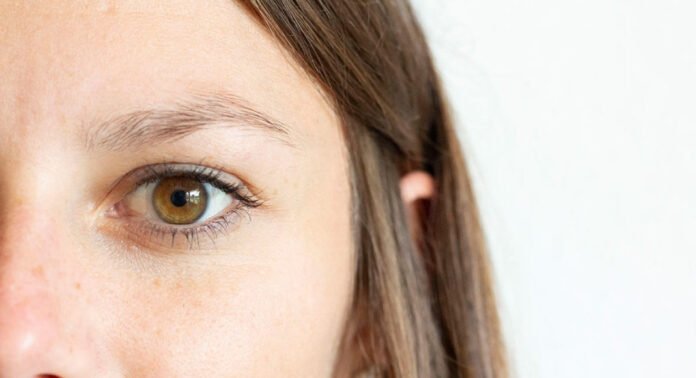As the monsoon season unfolds, bringing relief from intense heat but also raising concerns for eye health, various infections become more prevalent in the damp, humid conditions.
Dr. Navya C, a consultant ophthalmologist at Athreya Super Speciality Hospital, highlights five common eye infections that tend to surge during this time. She emphasizes the importance of awareness and preventive measures to safeguard vision amidst these seasonal challenges.
Viral Conjunctivitis, commonly known as Pink Eye, emerges as a significant concern. This contagious infection leads to symptoms such as redness, itching, watery discharge, and a gritty sensation in the eyes. It spreads easily through direct contact with infected individuals or contaminated surfaces.
Bacterial Conjunctivitis is another prevalent condition during the monsoon. Characterized by redness, sticky discharge, and crusting of eyelashes, this infection requires prompt medical attention to prevent complications.
Fungal Keratitis poses a serious threat, particularly in areas prone to waterlogging. It occurs when fungi enter the eye through trauma or prolonged exposure to damp environments, causing inflammation and potentially leading to vision loss if untreated.
Stye, or Hordeolum, manifests as a painful, red lump near the eyelid’s edge. It results from bacterial infection of the eyelash follicles or oil glands, exacerbated by sweat and humidity.
Dry Eyes, paradoxically exacerbated by the monsoon’s humidity, can cause discomfort, itching, and blurred vision. Proper hydration and avoiding prolonged exposure to air conditioning or fans can help alleviate symptoms.
Dr. Navya advises practicing good hygiene, such as regular handwashing and avoiding touching the eyes, to minimize infection risks. Using clean towels and avoiding shared cosmetics can also prevent transmission.
Early recognition of symptoms and seeking timely medical advice are crucial in managing these eye infections effectively. Treatment typically involves prescription eye drops or ointments tailored to the specific infection.
As monsoon-related eye infections can escalate quickly, especially in vulnerable populations like children and the elderly, proactive measures and prompt medical intervention play pivotal roles in maintaining eye health during this season.
By staying informed and adopting preventive practices, individuals can mitigate the risks associated with monsoon-related eye infections, ensuring clear, comfortable vision throughout the rainy season.
In addition to awareness and preventive measures, maintaining general eye health is essential during the monsoon season. Regularly rinsing eyes with clean water and using lubricating eye drops can help flush out irritants and maintain moisture balance, reducing the risk of infections like dry eyes.
Furthermore, protecting eyes from environmental factors such as dust, pollen, and pollutants is crucial. Wearing sunglasses or protective eyewear can shield eyes from debris carried by wind and rain, preventing irritation and potential infections.
For those who wear contact lenses, extra precautions are necessary. Ensuring lenses are properly cleaned and stored according to hygiene guidelines can prevent bacterial buildup and reduce the likelihood of infections such as microbial keratitis.
Education and awareness campaigns can also play a vital role in empowering communities to recognize early symptoms of eye infections and seek timely medical attention. Prompt diagnosis and treatment can significantly improve outcomes and prevent complications that may affect long-term eye health.
As the monsoon progresses, vigilance and proactive measures remain key in safeguarding vision against the diverse array of infections prevalent during this time. By adopting these practices and seeking professional guidance when needed, individuals can navigate the challenges of the rainy season while preserving their eye health effectively.

